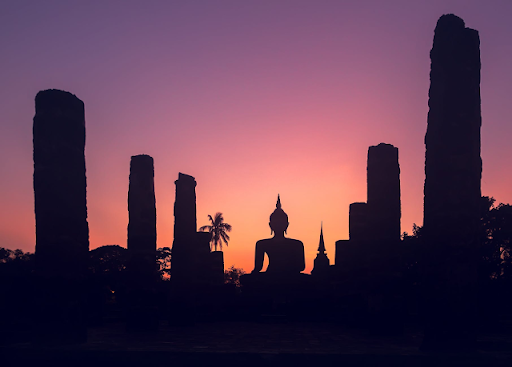Cognitive Behavioral Theory Similarities w/Buddhism...

May all beings be happy. May they live in safety and joy.... As a mother watches over her child, willing to risk her own life to protect her only child, so with a boundless heart... cherish all living beings, suffusing the whole world with unobstructed loving kindness... During all your waking hours, may you remain mindful of this heart and this way of living that is the best in the world. - Shakyamuni Buddha Paul H. Greene, PHD - Buddhism and cognitive-behavioral therapy (CBT) are very different ways of understanding people. They were developed thousands of years apart, in different hemispheres. Yet they don’t conflict as much as you would think. “In the words of the Buddha, … ’We are what we think. All that we are arises with our thoughts. With our thoughts we make the world.’ It’s an idea that’s in line with current thinking in psychology. In fact, this simple philosophy – that changing the way we think can change the way we feel – underp...





